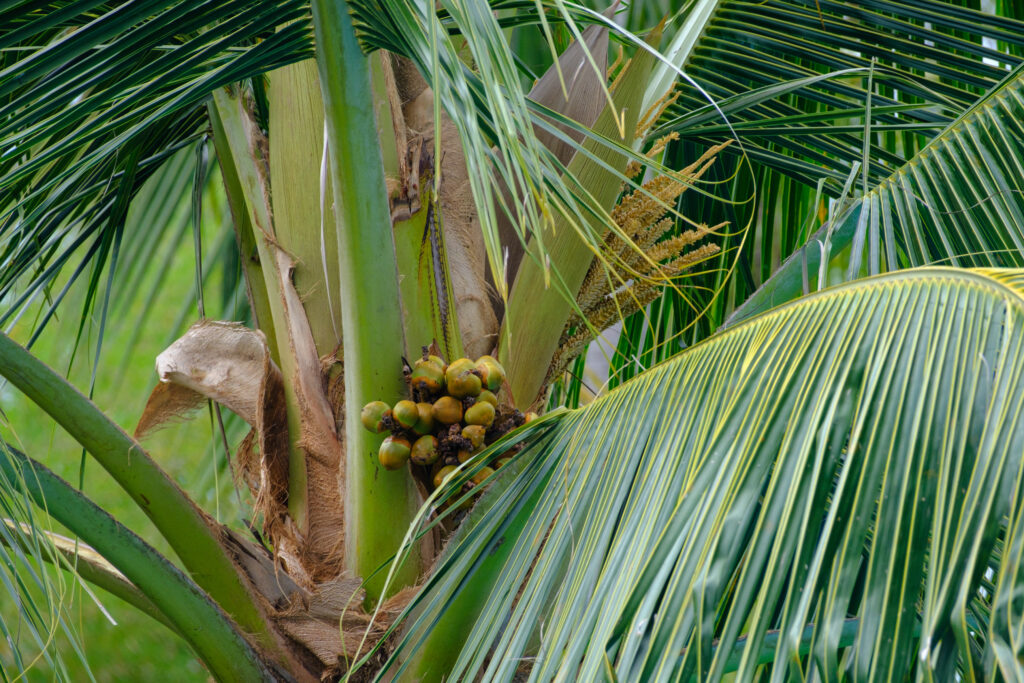All pictures from yesterday are now on line and I think I’ve figured out the problem. Finger
Not much excitement today – just the transfer from the Laguna Hotel to the Viking Orion. We didn’t leave the hotel until 1 PM so we did breakfast, a dip in the pool and, to establish bragging rights, waded out into the Indian Ocean. The tide was coming in, so we had to wait for an hour before the swimming area had water. We found a dip in the sand that gave us knee deep coverage. We went in just about as far when we visited the beach in Durban, South Africa so our claim to fame is now well established.
The Orion is just like the Sky, the ship we sailed on when we did the Baltic in 2018, right down to the pictures on the wall. Good food, friendly staff, nice facilities. Tomorrow we’re touring the Indonesian island of Lombok, the next island east of Bali – 89 nautical miles, to be exact. We’re doing separate tours: Judy is going on a wood and pottery arts tour and I’m doing the capital of Mataram. They say it takes 45 minutes to an hour to get to anywhere interesting from the cruise port, so we may be in for more bus riding. We’ll see.
The Guest History Lecturer gave a talk on the history of Indonesia this evening before dinner. I’ll save you the details, but its history is like a lot of other places. Indigenous peoples established trading routes beginning in the 600 AD timeframe, give or take. The Portuguese explored the region (Vasco de Grama, notably). That led to spice and silk routes around Cape Horn that competed with the overland and Mediterranean routes. The English and Dutch saw a good thing and became dominant. Eventually, the Dutch traded rights to New Amsterdam (NYC) with the English, keeping in return rights to the nutmeg rich island of Run. Who got the better deal? The Japanese invaded and controlled the region during WWII. After the war, the Dutch, after a bit of fighting, gave in and Indonesia became independent. Two dictators, Sukarno and Suharto, ruled the nominally democratic country until brought down by corruption. Now the country’s population has stabilized at around 280 million. Its chief exports are petroleum and palm oil. Bali is the strongest island economy due to tourism. It’s a mecca for fun-seeking folks, especially from Australia. Think the Caribbean for the U.S.
One final note on Bali. Bali, as I said yesterday, is 90% Hindu. Indonesia as a whole is 90% Muslim. Bali has its own marriage customs, family groupings and many other cultural characteristics. It has its own language. Our guide, Ayu, worries that, while the Hindu religion practiced by most people in Bali is not in danger, the language and culture of Bali might be diluted and lost. I asked our historian about this. He said that religious tolerance is a real thing in Indonesia and that Bali’s strong economy should keep it safe. Time will tell. Social media and kids being kids are pretty strong forces in its own right.



















Enjoy every moment learning and sightseeing!
We’re enjoying it too!